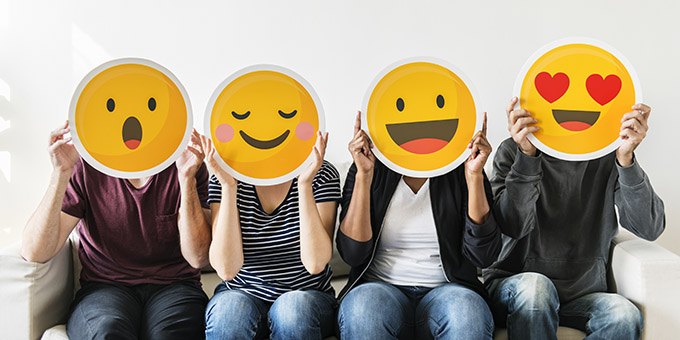

Angle

Ambiguity of Emojis Can Complicate Legal Cases
- Legal Transformation
- 3 Mins
More and more, emojis are being used in electronic communications. It’s no surprise, then, that they are also showing up more often in court. But while a picture can be worth a thousand words, which words? There is as yet no standard dictionary for emojis, leaving interpretation somewhat subjective and creating challenges for the court.
Among the online population, 92 percent use emojis, and 2.3 trillion mobile messages incorporate emojis each year, wrote Eric Goldman, a law professor at Santa Clara University, in a recent paper, Emojis and the Law, published in the Washington Law Review. Goldman, who also co-directs the university’s High-Tech Law Institute, studies legal issues around emojis and tracks their appearance in court cases.
While still small, the number of emoji or emoticon references in cases is growing fast. Goldman has tallied a total of 171 cases, including a high of 53 cases in 2018 — compared to 33 in 2017.
The vagueness of emojis makes it challenging to figure out the intended message. For one thing, different devices and operating systems can use slightly different pictures for the same emoji. That means the recipient could see a different rendering than what the sender intended, potentially causing misunderstandings. In one example, users thought one platform’s “smiley face” emoji meant “blissfully happy,” while they interpreted another platform’s “smiley face” as “ready to fight.” Goldman calls this “cross-platform depiction diversity.”
In some cases, a platform may not have an analog for another platform’s emoji, in which case the recipient gets either some kind of placeholder or a blank space, often without any notice of the omission or substitution. Further complicating matters is that different people can interpret the same emoji very differently. For example, in one survey, users interpreted Apple’s “unamused face” emoji to mean “disappointment,” “depressing,” “unimpressed,” or “suspicious.”
What’s more, emojis are constantly changing, and new ones are being invented. The Unicode Consortium is attempting to standardize emojis, but so far covers fewer than 3,000, a small part of the emoji universe, Goldman wrote.
Goldman offered three suggestions for clarifying emojis in court cases:
- Because the sender and recipient could be seeing different symbols, lawyers should present as evidence the actual depictions of what their clients saw.
- Fact finders should see the actual emoji in order to judge what it meant. If testimony is read in court, emojis should be displayed, not orally described.
- Judges should include a display of the actual emojis in court opinions, to the extent possible. Goldman noted that emojis may not render properly in certain media, especially in legal databases, but they should at least appear in the PDFs of court opinions.
The interpretation of emojis is likely to become even harder, as new technology such as animated or even augmented-reality emojis arrive on the scene, Goldman said.
The contents of this article are intended to convey general information only and not to provide legal advice or opinions.